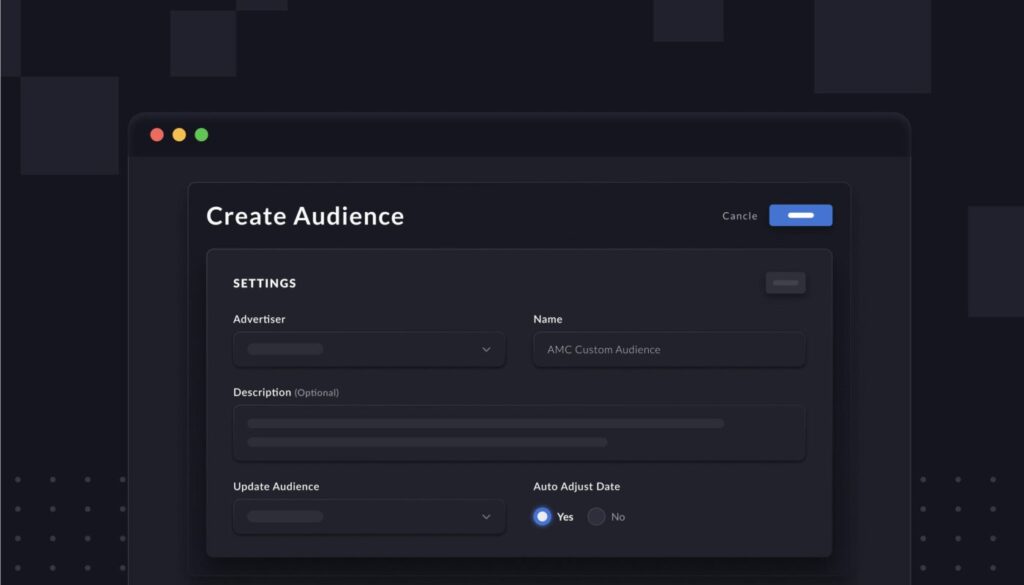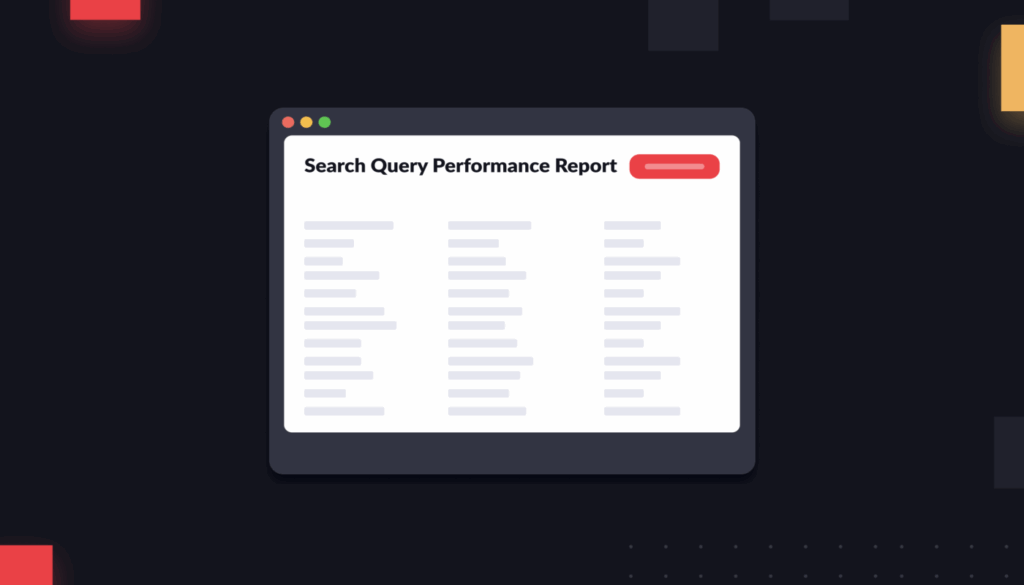For some time now, a debate has raged in the industry about bid management. Should you manage your Amazon ad bids using rules, or should you opt for AI?
It’s a complex question, and there are a number of pros and cons to each approach. For now, we wanted to focus on one piece of the story: What happens when your ACOS doesn’t have a linear relationship to how much you’re bidding?
You may have encountered this before. Maybe you bid down on a keyword with high ACOS, just to watch the ACOS get even higher. Why does this happen?
Understanding why bids and ACOS can be nonlinear is critical to choosing the right bid management system for your advertising.
What’s the difference?
Big picture, rules-based bid management changes your bids according to a series of instructions that you define. Rules-based bidding operates in a world of “If X, then do Y.”
Rules work well in a perfect world where everything is linear. Your ACOS starts to go up; you start bidding down until it stabilizes. Your ACOS goes down; you bid up until you hit your max. After all, if you’re willing to pay less per click with a lower bid, you would typically expect to see lower spend, CPCs, and ultimately, a lower ACOS by doing so.
But on Amazon, a lot of ad metrics are far more dynamic. Even if your ACOS is getting worse, sometimes the solution is to bid more, not less.
A lot of times, if you graph out how your ACOS changes as you bid up, you’ll see trends like the one below:

Here, you can see that your ACOS has a local optimum: It peaks at certain bid amounts, then improves when you bid even higher.
Why does this happen? Here are two common examples:
#1. Ad placement
You’re probably already familiar with the different types of ad placement on Amazon:
- Top of search
- Rest of search
- Product pages
These placements have vastly different click and conversion rates. They also don’t have a proportional relationship to ad bids.
Getting onto the top of Page 1 can drive so many more conversions that you may want to bid exponentially more to achieve a top of Page 1 placement. As one data point: Profitero has found that moving from Page 2 to Page 1 organically increases sales by 37%.
Bidding high to win this placement is advantageous because of the huge increase in search volume and conversion rate experienced on top of search. Most brands are well aware of these benefits, making the top of search placement ultra-competitive—and extra expensive.
Due to high competition, you might experience a higher-than-average ACOS. In most cases, this is okay. Intentionally bidding higher to receive the volume from top of search results is a great growth strategy.
But if your ACOS gets too high, your automated bidding rules might bid down on this keyword.
That could backfire. Though you might expect bidding down to drive an increase in your ACOS, in reality, decreasing your bid could cause you to win these coveted top of search placements less often. This would likely drive an increase in ACOS.
#2. Broad match or phrase keywords
Another way that ACOS and bids can be nonlinear is when you are using broad match or phrase keywords on Amazon.
Because a broad or phrase match keyword can match to multiple search terms, bidding down could cause you to miss out on impressions for a more expensive search term. If that more expensive search term had a high conversion rate, then your conversions will plummet as a result of losing it, and your ACOS will get even worse.

The reason this happens is that, for any given broad-or-phrase-match keyword, you will match to multiple search terms. And each search term will have very different a) costs per click and b) conversion rates.
Let’s say you are advertising on a broad match keyword “bed sheets,” which matches to search terms like:
- “Bed sheets”
- “Bamboo bed sheets”
- “Green bed sheets”
All of these will have different CPCs and conversion rates. Let’s say “bamboo bed sheets” has the highest conversion rate, but it is also the most expensive. “Green bed sheets,” by contrast, is cheaper, but it isn’t converting well for you.
If you meet your max ACOS, your rule will probably bid down. But what if bidding down means you will not receive impressions on “bamboo bed sheets,” your best-performing search term?
Suddenly, your spend will go mostly to “green bed sheets”: your worst, and cheapest, search term. Your ACOS will drop as a result of losing volume from your converting search term.
Meanwhile, if you had bid up, you might actually show up more frequently on the “bamboo bed sheets” search term—and, by ensuring that you surface more frequently on your best keywords, your ACOS might very well improve as you bid up.
So where does this leave us?
Nonlinear ACOS relationships are hard to anticipate with rules, but a well-trained AI can forecast these trends easily.
Whereas rules see the world in terms of flat linearity, by contrast, AI-based bidding takes a more dynamic approach.
AI tools ingest data from your brand and sometimes from similar brands, and they map out ways to reach your target ACOS.
AI makes bidding decisions according to inputs like CPCs, ACOS, conversion rates, clicks, and every other metric you can imagine.
AI can forecast a local optimum—and can predict that, even if you’ve hit your max ACOS, sometimes the solution is to bid up, not down.
This isn’t to say that AI bid management is always the solution. There are plenty of benefits to using rules for some of your campaigns.
If you know exactly what actions you need automated—for example, increasing your bid on keywords with 0 impressions—rules are a great choice. For more complex tasks that involve multiple variables, not so much.
A lot of times, the best approach is to mix and match.







